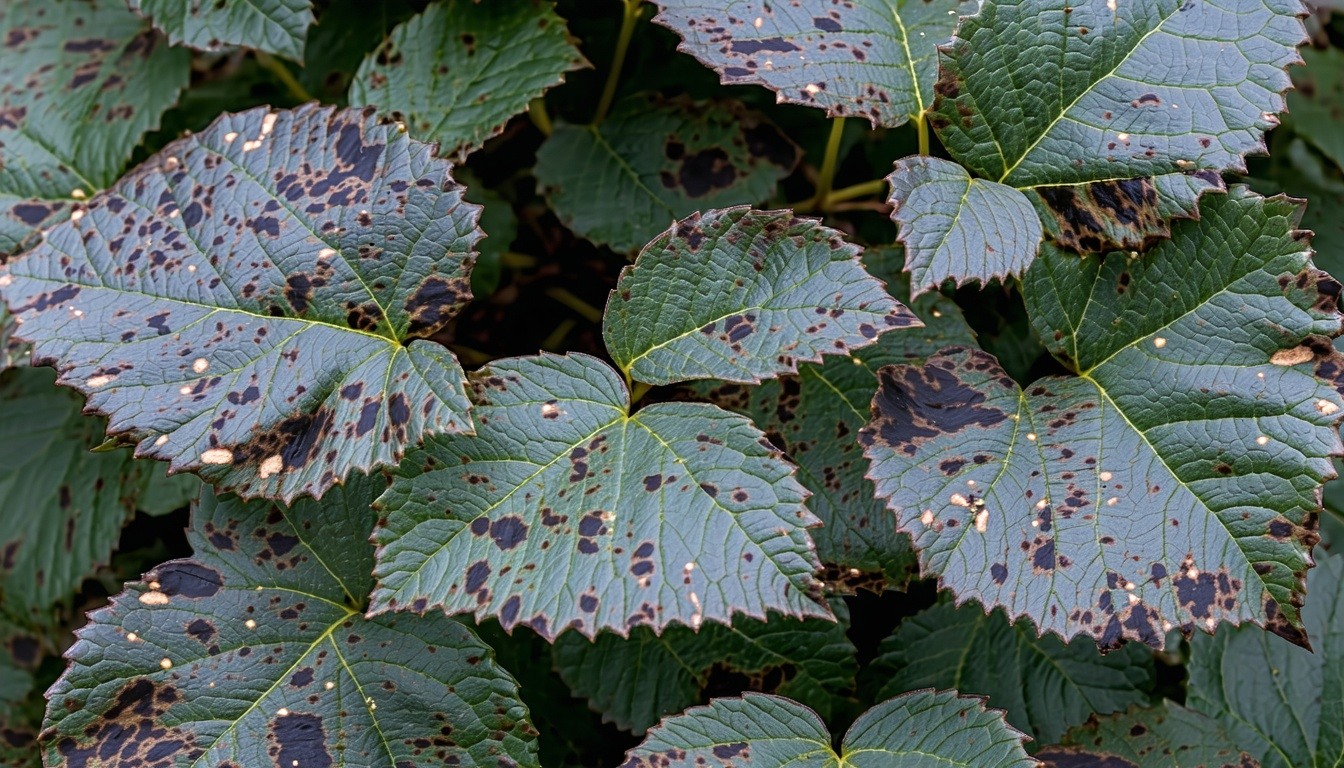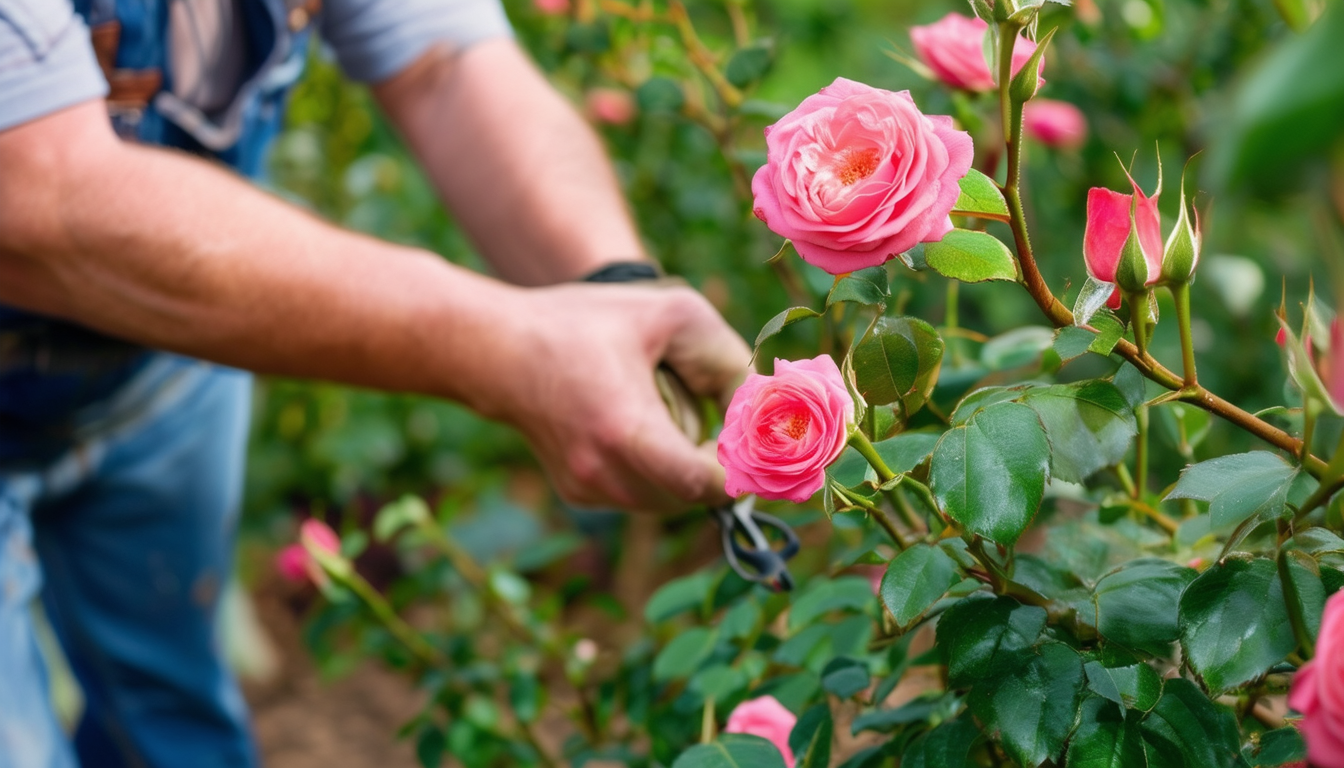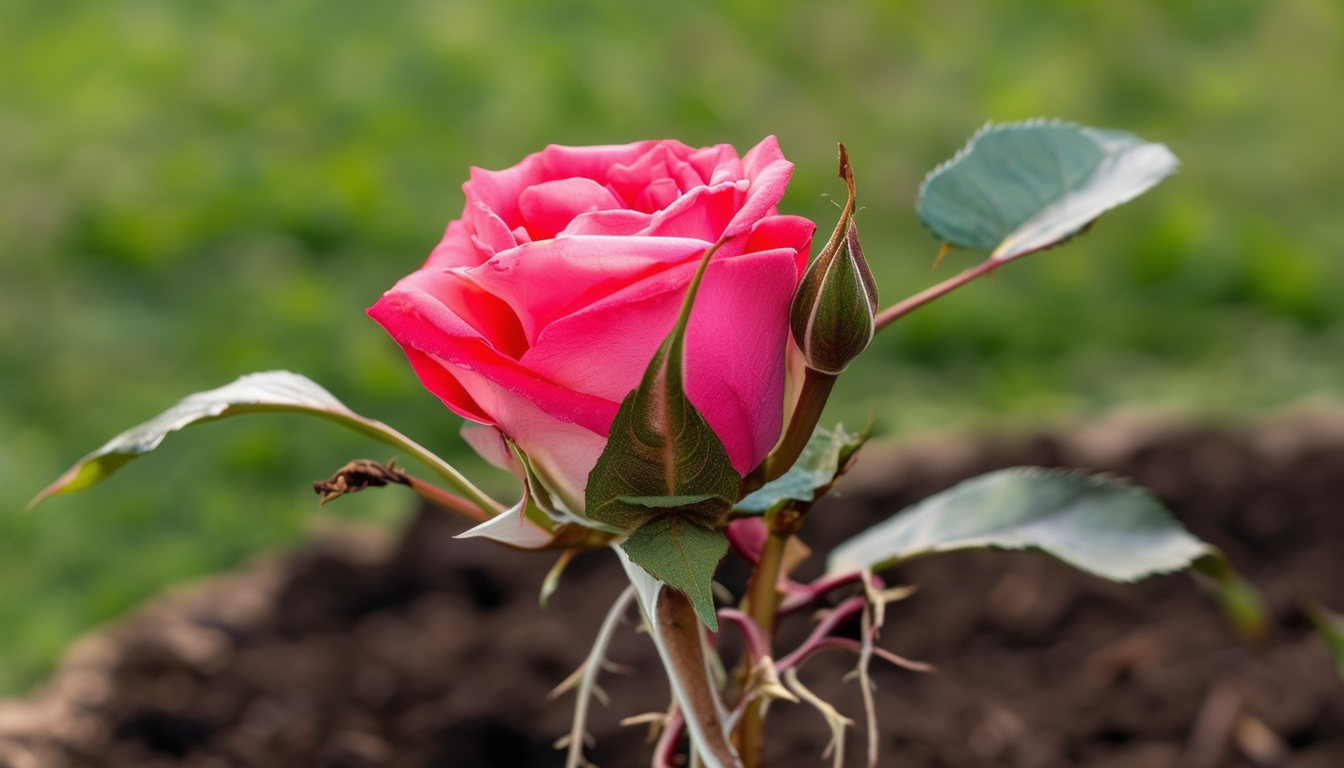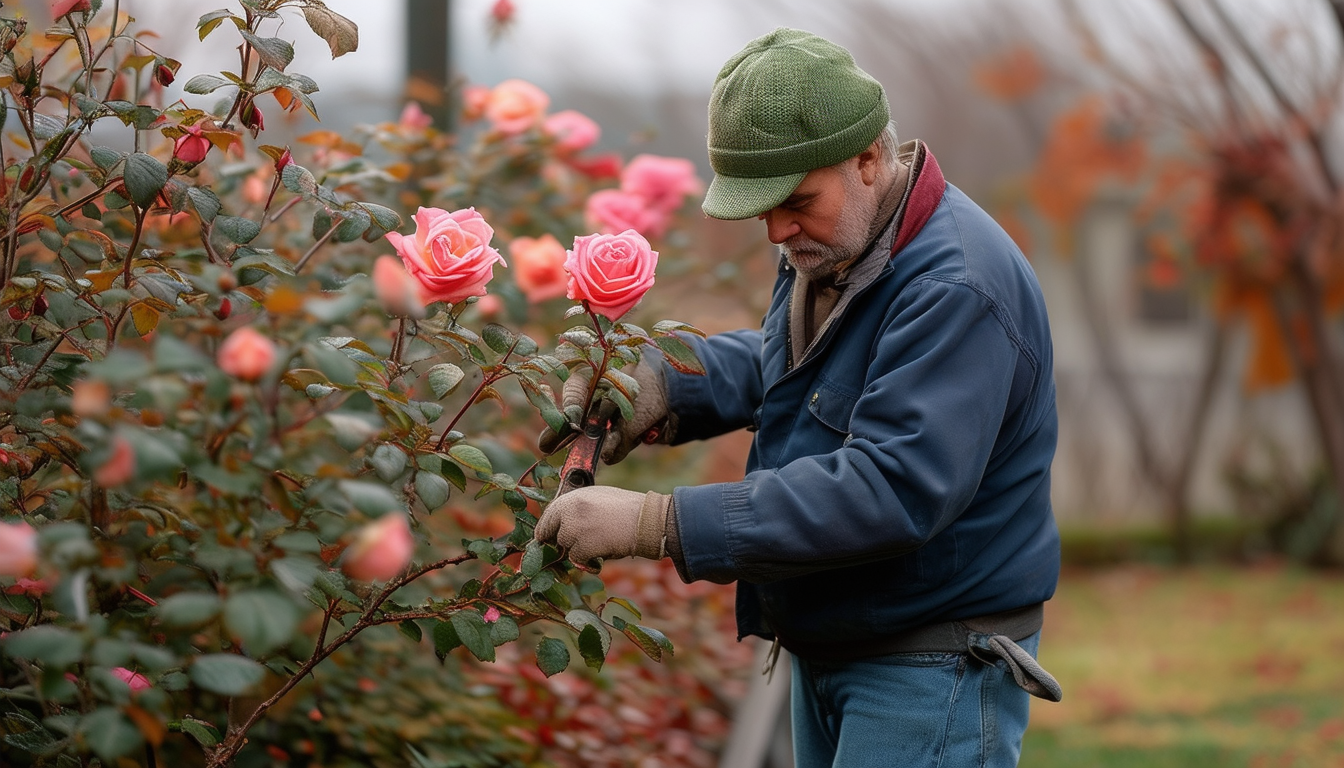
Discover effective methods to cure and prevent black spots on your rose leaves, ensuring your garden blooms beautifully.
Intro - Understanding the Causes of Black Spots on Roses
Black spots on rose leaves are a common issue that many gardeners face. This fungal disease, caused by Diplocarpon rosae, thrives in warm, humid conditions and can quickly spread if not managed properly. Understanding the causes is the first step towards effective treatment and prevention.
The fungus overwinters in fallen leaves and infected canes, and when the weather warms up, spores are released and spread by water splashes. Thus, maintaining good garden hygiene and monitoring environmental conditions are crucial to keeping your roses healthy.
Identifying Early Symptoms and Signs
Early detection of black spots is key to managing the disease effectively. The first signs are small, round black spots with fringed edges on the upper side of the leaves. As the disease progresses, the spots can enlarge, causing the leaves to turn yellow and fall off prematurely.
In addition to leaf spots, you may notice black streaks on the stems and canes. Monitoring your roses regularly will help you catch these symptoms early and take swift action to minimize damage.
Effective Treatment Methods to Combat Black Spots
Once black spots are identified, it is crucial to act quickly. Remove and dispose of any infected leaves and canes to prevent the spread of the fungus. Avoid overhead watering to keep the foliage dry and reduce the risk of infection.
Applying a fungicide can help control the disease. Choose a product specifically designed for roses and follow the label instructions carefully. Regular applications throughout the growing season can help keep the fungus at bay.
How to treat a black spot organically
For those who prefer organic methods, several options can help manage black spots without the use of synthetic chemicals. Neem oil, a natural fungicide, can be effective when applied regularly. Baking soda mixed with horticultural oil and water is another home remedy that can help suppress the fungus.
Additionally, planting disease-resistant rose varieties and ensuring good air circulation around your plants can significantly reduce the occurrence of black spots.
5 Steps to using Fungicide on your Roses
1. **Select the Right Fungicide**: Choose a fungicide labeled for use on roses and effective against black spots.
2. **Read the Instructions**: Carefully read and follow the manufacturer's instructions for safe and effective application.
3. **Apply at the Right Time**: Apply fungicide early in the morning or late in the afternoon to avoid burning the leaves.
4. **Cover All Surfaces**: Ensure thorough coverage of all leaf surfaces, including the undersides, and stems.
5. **Repeat as Necessary**: Reapply the fungicide at the intervals recommended on the label to maintain protection throughout the growing season.
Preventative Measures to Keep Your Roses Healthy
Prevention is always better than cure. Start by selecting disease-resistant rose varieties and planting them in well-drained soil with good air circulation. Mulch around the base of the plants to prevent splashing water from spreading spores.
Regularly prune your roses to remove any dead or diseased wood and to improve air circulation. Water at the base of the plants to keep the foliage dry, and ensure a balanced fertilization regime to maintain overall plant health.
Choosing the Right Products for Treating Black Spots
When selecting products to treat black spots, consider both chemical and organic options. Chemical fungicides, such as those containing chlorothalonil or myclobutanil, are effective but need to be used with caution.
For organic gardeners, products containing neem oil, sulfur, or copper can provide effective control. Always choose products that are specifically labeled for use on roses and follow the application instructions carefully to avoid damage to your plants.
10 Frequently Asked Questions on Black Spots on Roses and using a Fungicide
1. **What causes black spots on rose leaves?** Black spots are caused by the fungal pathogen Diplocarpon rosae.
2. **How can I prevent black spots on my roses?** Plant disease-resistant varieties, ensure good air circulation, and avoid overhead watering.
3. **Are there organic treatments for black spots?** Yes, neem oil and baking soda solutions can help manage the disease organically.
4. **How often should I apply fungicide?** Follow the label instructions, typically every 7-14 days during the growing season.
5. **Can black spots kill my roses?** Severe infections can weaken the plants, but timely treatment can save them.
6. **Is it safe to use chemical fungicides on roses?** Yes, if used according to the manufacturer's instructions.
7. **What are the symptoms of black spots?** Small black spots with fringed edges, yellowing, and premature leaf drop.
8. **Can I use homemade remedies?** Yes, baking soda and neem oil solutions can be effective home remedies.
9. **Should I remove infected leaves?** Yes, removing and disposing of infected foliage helps prevent the spread of the fungus.
10. **When is the best time to apply fungicide?** Early morning or late afternoon to avoid leaf burn.



